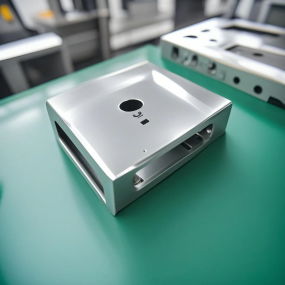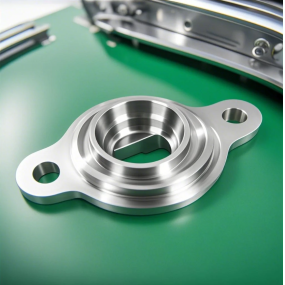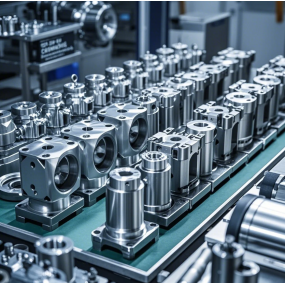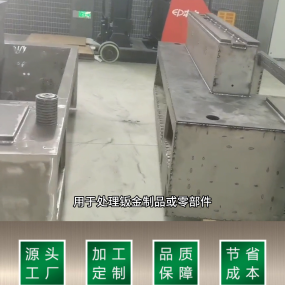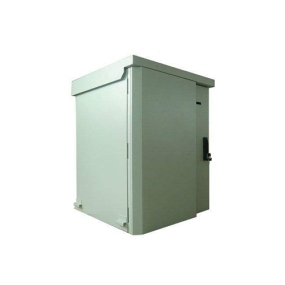The selection of materials is a crucial step in the processing of precision aviation parts, as it directly affects the performance, safety, and overall operational effectiveness of the aircraft. The following are some key requirements for material selection in precision aviation parts processing: 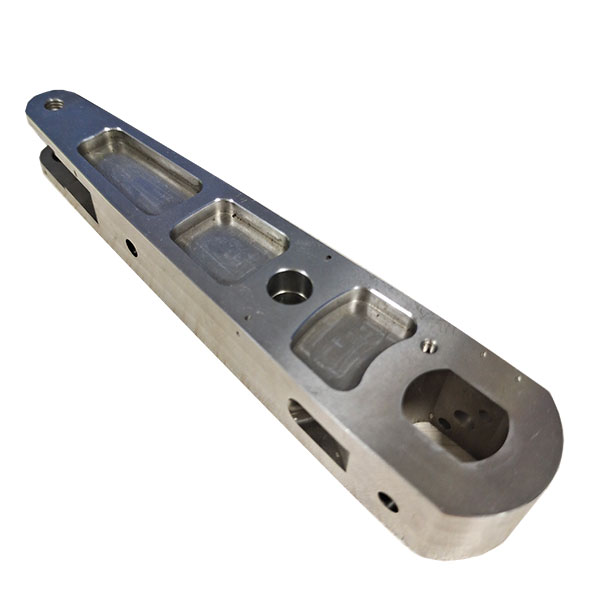 1, high strength: Aviation parts need to withstand extremely high mechanical stress and pressure, so materials must have high strength characteristics to ensure that the parts can maintain stability and reliability in extreme working environments. 2. Lightweight: In order to reduce the overall weight of the aircraft, improve fuel efficiency and performance, materials should be as lightweight as possible. Lightweight materials help reduce energy consumption during flight while maintaining sufficient structural strength. 3. High temperature stability: Aircraft generate high temperatures during high-speed flight, so materials need to have good high-temperature stability to avoid deformation, melting, or performance degradation in high-temperature environments. 4. Corrosion resistance: Aviation components are exposed to harsh atmospheric environments for a long time and need to withstand the erosion of various chemical substances. Therefore, the material should have good corrosion resistance to ensure the long-term service life of the parts. 5. Good machining performance: In order to meet the requirements of precision machining, materials should have good cutting, grinding, and forming properties in order to manufacture high-precision and high-quality aviation parts. 6. Economy and environmental friendliness: While meeting performance requirements, material selection also needs to consider economy and environmental friendliness. Choosing materials that are cost-effective, easily accessible, and have minimal environmental impact can help reduce production costs and minimize environmental pollution. Common materials used for aviation parts processing include high-strength aluminum alloys, titanium alloys, composite materials, etc. These materials not only meet the above requirements, but also have their own unique advantages, such as high strength, low density, excellent corrosion resistance, and high temperature stability. In addition, with the continuous advancement of technology and the rapid development of the aviation industry, new materials such as nanomaterials and ceramic based composite materials are gradually being applied in the processing of aviation parts, providing more possibilities for the performance and safety of aircraft.
1, high strength: Aviation parts need to withstand extremely high mechanical stress and pressure, so materials must have high strength characteristics to ensure that the parts can maintain stability and reliability in extreme working environments. 2. Lightweight: In order to reduce the overall weight of the aircraft, improve fuel efficiency and performance, materials should be as lightweight as possible. Lightweight materials help reduce energy consumption during flight while maintaining sufficient structural strength. 3. High temperature stability: Aircraft generate high temperatures during high-speed flight, so materials need to have good high-temperature stability to avoid deformation, melting, or performance degradation in high-temperature environments. 4. Corrosion resistance: Aviation components are exposed to harsh atmospheric environments for a long time and need to withstand the erosion of various chemical substances. Therefore, the material should have good corrosion resistance to ensure the long-term service life of the parts. 5. Good machining performance: In order to meet the requirements of precision machining, materials should have good cutting, grinding, and forming properties in order to manufacture high-precision and high-quality aviation parts. 6. Economy and environmental friendliness: While meeting performance requirements, material selection also needs to consider economy and environmental friendliness. Choosing materials that are cost-effective, easily accessible, and have minimal environmental impact can help reduce production costs and minimize environmental pollution. Common materials used for aviation parts processing include high-strength aluminum alloys, titanium alloys, composite materials, etc. These materials not only meet the above requirements, but also have their own unique advantages, such as high strength, low density, excellent corrosion resistance, and high temperature stability. In addition, with the continuous advancement of technology and the rapid development of the aviation industry, new materials such as nanomaterials and ceramic based composite materials are gradually being applied in the processing of aviation parts, providing more possibilities for the performance and safety of aircraft.
Hello! Welcome to EMAR's website!
 English
English » »
» »
 Spanish
Spanish Arabic
Arabic French
French Portuguese
Portuguese Belarusian
Belarusian Japanese
Japanese Russian
Russian Malay
Malay Icelandic
Icelandic Bulgarian
Bulgarian Azerbaijani
Azerbaijani Estonian
Estonian Irish
Irish Polish
Polish Persian
Persian Boolean
Boolean Danish
Danish German
German Filipino
Filipino Finnish
Finnish Korean
Korean Dutch
Dutch Galician
Galician Catalan
Catalan Czech
Czech Croatian
Croatian Latin
Latin Latvian
Latvian Romanian
Romanian Maltese
Maltese Macedonian
Macedonian Norwegian
Norwegian Swedish
Swedish Serbian
Serbian Slovak
Slovak Slovenian
Slovenian Swahili
Swahili Thai
Thai Turkish
Turkish Welsh
Welsh Urdu
Urdu Ukrainian
Ukrainian Greek
Greek Hungarian
Hungarian Italian
Italian Yiddish
Yiddish Indonesian
Indonesian Vietnamese
Vietnamese Haitian Creole
Haitian Creole Spanish Basque
Spanish Basque



